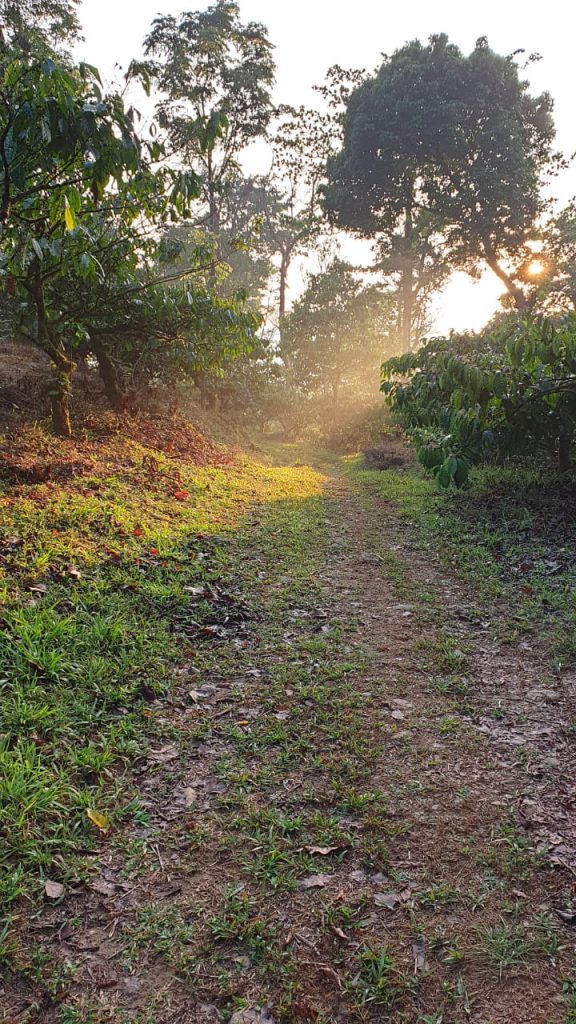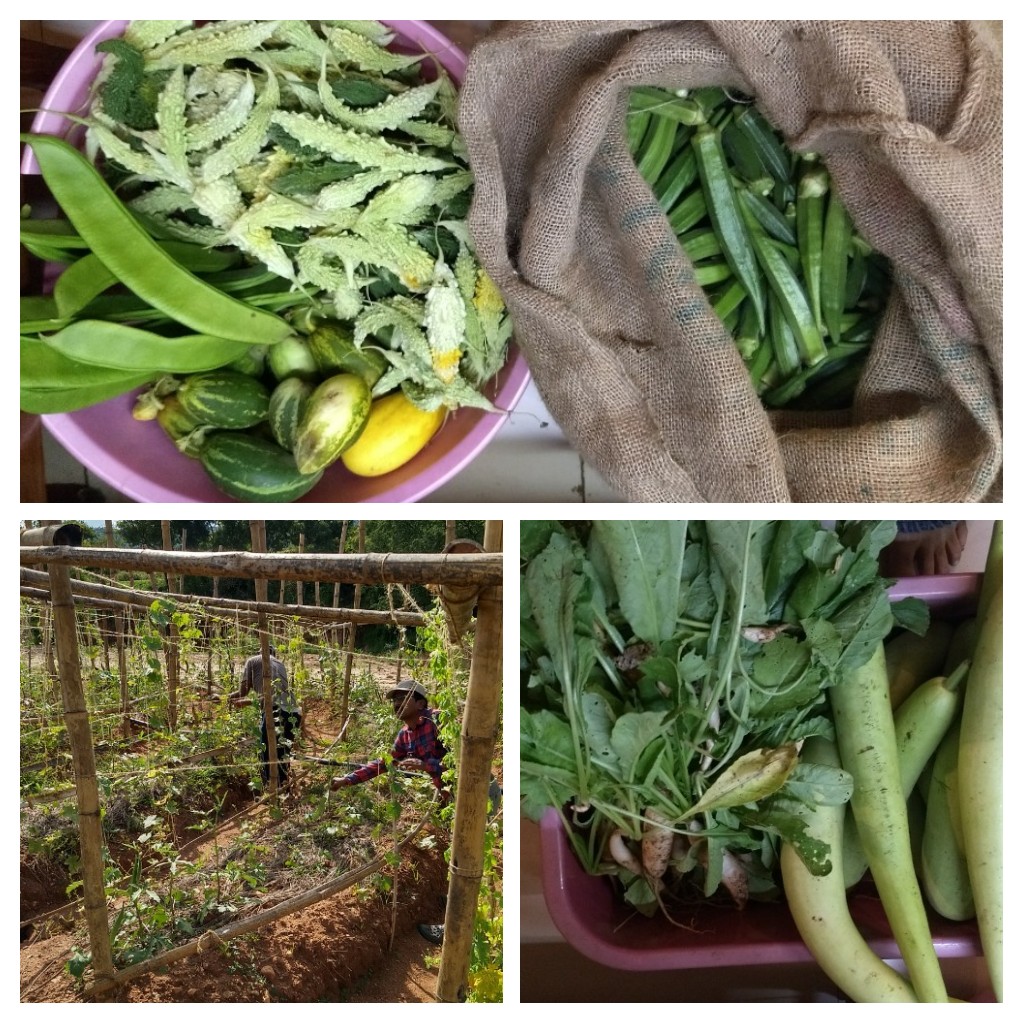Why A Collective?

In recent times, most people in the urban societies have expressed a lack of connection with nature and society. In order to address this, many have even bought pieces of farmland, and over weekends tried to take time out to try their hand at it. Some folks have succeeded and made it work, but for most, life and work start to eat up most available time, and the farm does not sustain after a couple of initial years of enthusiasm. It’s also a little expensive to have a caretaker stay on and manage a 2-3 acre farm – both the manpower and the basic inputs and infrastructure easily need a few lakhs a year at the very least. In addition, with every small farmer trying to find his share of resources like borewells, equipment etc, it becomes very inefficient.
We saw this problem repeat again and again, and decided to solve it. Farming Collectives are our way to try and solve this problem.
You buy your little piece of farm as part of a community that together purchases a large landscape ~100 acres in the same place. You build a small, village-style, low footprint house in a “village” there. You participate and learn as and when you have time. And we also run hospitality in these beautiful places now brought alive and greened by the efforts of the collective, and this in turn makes it viable and a lot easier to maintain.
The idea is to create a self-sustaining natural farm grown with ideas inspired from permaculture, Zero Budget Farming and similar. The scale helps lower risks and costs, use water and other resources efficiently, and engage with the market on better terms.
The Advantages


Management of shared resources.
Water, power generation, processing of produce etc all can be managed using common resources. Each individual farm does not have to plan its own supply and security.
Farm Planning
Not every soil can support all plants. In a collective every member has access to the varied topography and soil types across the entire farm. for eg, when want to grow paddy, you grow it near the lake in the wetlands.
Landscape planning
Water harvesting features like large lakes, check dams etc are possible on 100 acres. It cannot happen on a 2-3 acre farm. This allows the farm to do things that would simply not be possible on a smaller scale.
Diversity of Produce
All eggs are never in one basket. The larger landscape allows more resilience as a food forest. We harvest many things every day which gives pricing diversity and shields us from market vagaries.
